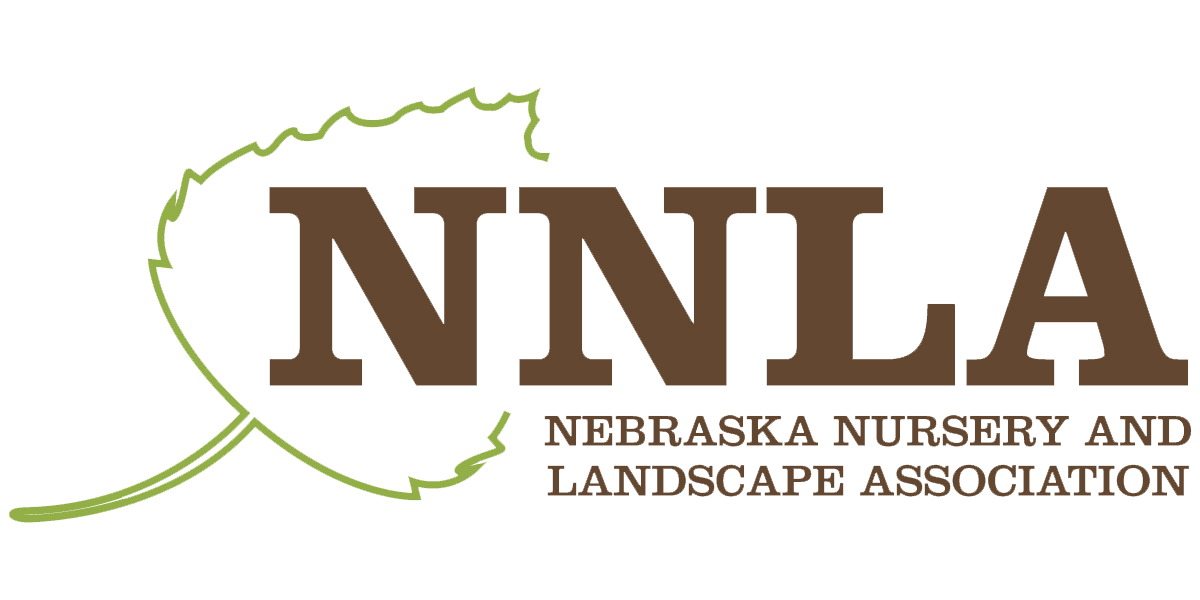Landscaping from Front to Back— Foundation Plantings
NOTE: This is the third in a series of five articles on landscaping different areas of a home landscape: curbside, front yard, foundation plantings, side yard and back yard.
The term “foundation plantings” generally refers to landscape plants purposely placed at or near the foundation of a house. In the past, such plants were regularly used to help hide unappealing foundations and first-floor basements and typically consisted of shearable evergreen shrubs such as boxwood, juniper, or yews with a few easy-to-grow daylilies or other perennials thrown in to add some color and seasonal interest. Over time, it became common practice to add foundation plantings to most new homes, as well as many commercial buildings, and the tradition continues.
Many newly-built homes don’t end up with unsightly foundations that are better hidden, so are foundation plantings still an important concept? That question depends a lot on the context: the style of house, its scale, the surrounding landscape, neighboring properties, personal tastes, etc. Frequently plants selected to hide the base of the house are chosen with little thought about their long-term suitability and tend to outgrow their usefulness.
At their best, foundation plantings can soften harsh architectural angles and help a home blend in better with its surroundings. And for gardeners and landscape aficionados, foundation areas can be a great place to grow some of their favorite plants.
Here are a few suggestions for thinking about foundation plantings:
It’s smart to concentrate on the complete setting of the home and not just the foundation line. For most situations, and especially for novice gardeners, foundation plantings should generally be simple and in careful scale so they enhance rather than hide the house.
Landscape designers discourage placing “foundation plants as if they were little soldiers pressed up along the perimeter of your house.” They’re most effective when used to enhance the home rather than to hide it. Unless you want total screening, avoid planting varieties that will block windows.
They’re rarely visible from inside the home unless they’re near low windows. So unless you don’t have enough space elsewhere, you may not want to hide and waste your favorite plants here.
On the other hand, if you’re short on space or an avid gardener, the foundation area can be a place to have fun while expanding your plant collection. Foundation zones are often the areas that we interact with the most, and they’re usually near a water source, so having dynamic landscape plantings near doors, foundations and walkways is worth the effort.
Remember that beauty is in the eye of the beholder and that tastes change over time. A growing trend across the country is a return to gardening and a desire to be more ecologically sound with landscape plantings. This applies to foundation plantings as well, and people are becoming more accepting of a little bit of fuzziness or wildness in the home landscape if it’s leading to better environmental outcomes.
Foundation plantings can have great curb appeal while still helping to sustain pollinators and other wildlife. There are a lot of great resources about easy-to-grow plants for pollinators.
Areas near downspouts are great places to practice some rain gardening, where stormwater is captured and allowed to naturally percolate into the soil instead of running off site as quickly as possible. The best rain gardens use deeply-rooted plants that tend to grow a little taller.
Beware of large-growing trees and shrubs in foundation zones. Many a view from a picture window has been blocked from a poorly placed tree. And large growing shrubs can quickly get out of bounds, making exterior maintenance of the home more difficult.
Finally, if you’re a novice to landscaping, work with a good landscaper or landscape designer. They’re worth the investment.
Justin Evertson, Green Infrastructure Coordinator

